6 Ideas to Create A Sensory Garden For Better Mental Health
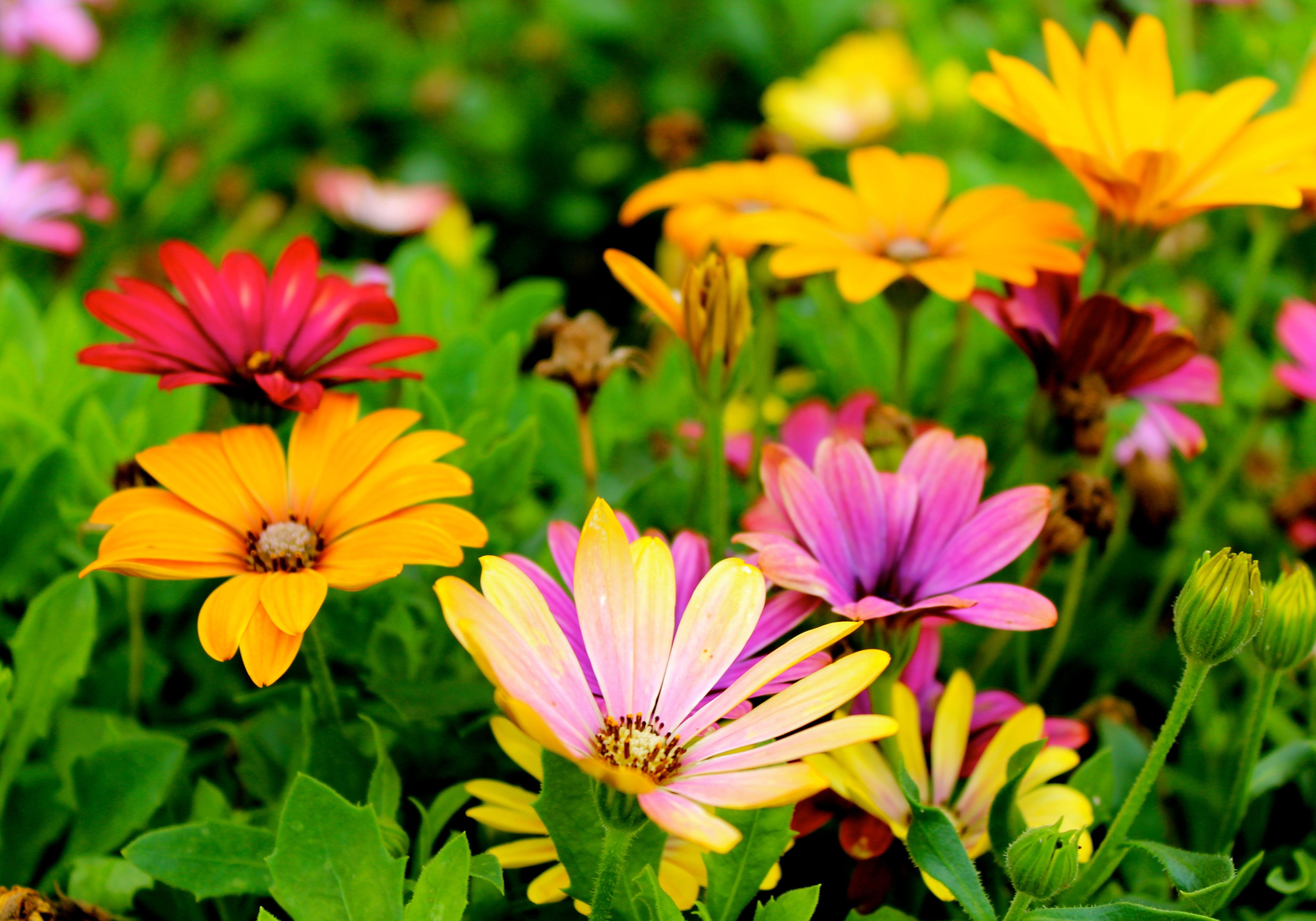
In the hustle and bustle of modern life, finding moments of tranquility and respite has become essential for maintaining good mental health. One innovative and nature-inspired way to achieve this is by creating a sensory garden. A sensory garden is a thoughtfully designed outdoor space that stimulates the senses, fostering relaxation, mindfulness, and improved mental well-being. By engaging sight, sound, smell, touch, and even taste, these gardens offer a unique multisensory experience that can alleviate stress, anxiety, and depression. In this article, we'll explore various ideas to help you design and create a sensory garden that promotes better mental health.
The Power of Sight: Colors and Visual Appeal
1. Color Palette Selection: Choosing a calming color palette is crucial for a sensory garden. Soft pastels like blues and purples evoke a sense of serenity, while greens create a connection to nature. Accentuate these with bursts of vibrant colors to stimulate positivity and energy. The interplay of these hues not only pleases the eyes but also sets the tone for a soothing environment.
2. Plants and Flowers: Incorporate a diverse range of plants and flowers that bloom at different times of the year. This provides a visual treat throughout the seasons, fostering a sense of anticipation and excitement. Consider layering plants of varying heights to create depth and visual interest. The gentle swaying of flowers in the breeze creates a mesmerizing dance that captures the essence of natural beauty.
3. Pathways and Focal Points: Create winding pathways that lead to focal points such as benches, sculptures, or water features. These elements draw the eye and offer opportunities for contemplation. As visitors follow the path, they're guided through a carefully curated landscape, enhancing their connection with the garden's aesthetics.
Harmonious Sounds: Engaging the Auditory Senses
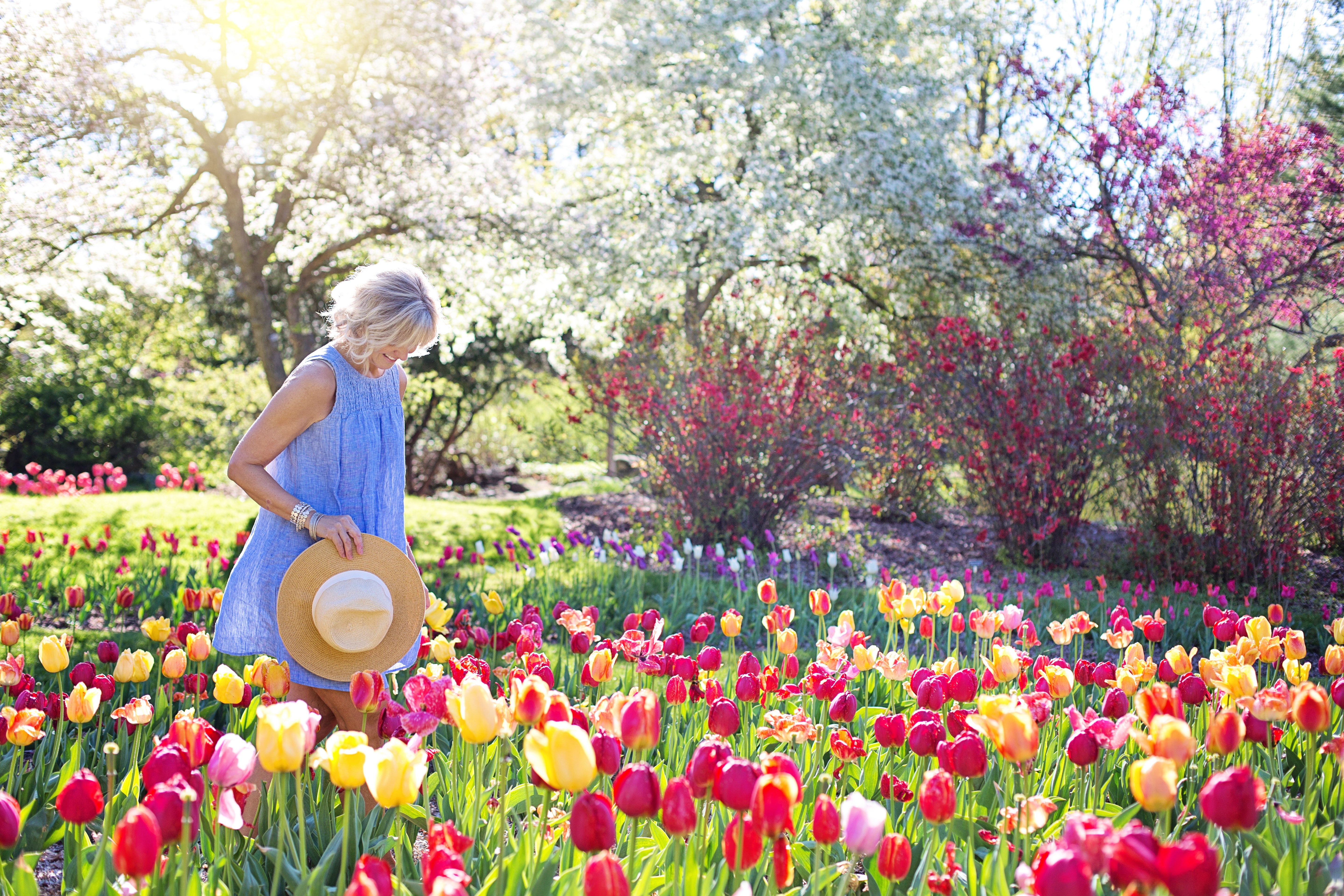
1. Wind Chimes and Bells: Hang wind chimes or bells in strategic locations to catch the breeze and create soothing sounds. The gentle tinkling can help drown out background noise and induce a sense of tranquility. Each chime's melody becomes a momentary escape, allowing the mind to focus on the present soundscape.
2. Water Features: The sound of flowing water is inherently calming. Incorporate a small fountain, a babbling brook, or a pond with a waterfall to introduce the element of water music. The rhythmic flow of water acts as a natural white noise, enveloping the garden in a blanket of serenity.
3. Natural Wildlife: Design your garden to attract birds and butterflies. Their chirping and fluttering wings add an enchanting layer of natural sounds to the environment. The joyful twittering of birds and the delicate flutters of butterflies create an auditory connection to the wildlife that shares the space.
Mindful Design: Incorporating Meditation and Relaxation
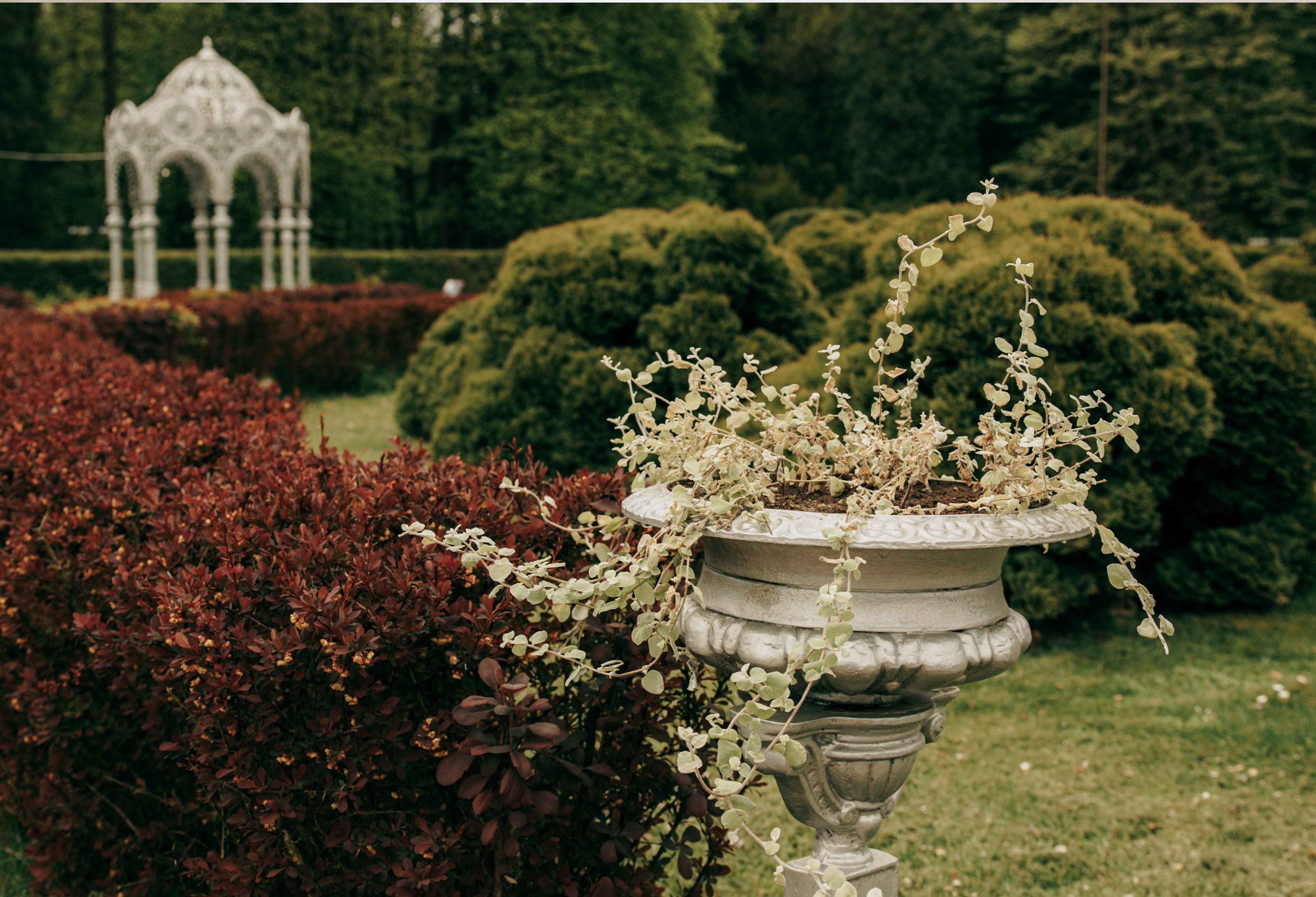
1. Quiet Corners: Designate quiet corners or alcoves with comfortable seating. These areas are perfect for meditation, reflection, or simply taking a break from the demands of daily life. The intentional design of these spaces offers a retreat within a retreat.
2. Yoga and Exercise Spaces: Create open spaces suitable for gentle yoga or stretching exercises. Physical movement in the garden can be an excellent way to alleviate stress and promote mental clarity. The fusion of movement and nature deepens the garden's therapeutic impact.
3. Mindfulness Labyrinth: If space allows, consider adding a mindfulness labyrinth—a winding path for walking meditation. Labyrinths encourage a focused and contemplative state of mind. Walking the labyrinth becomes a metaphorical journey, symbolizing the winding path of personal growth.
Aromatic Ambiance: Fragrant Plants for Relaxation
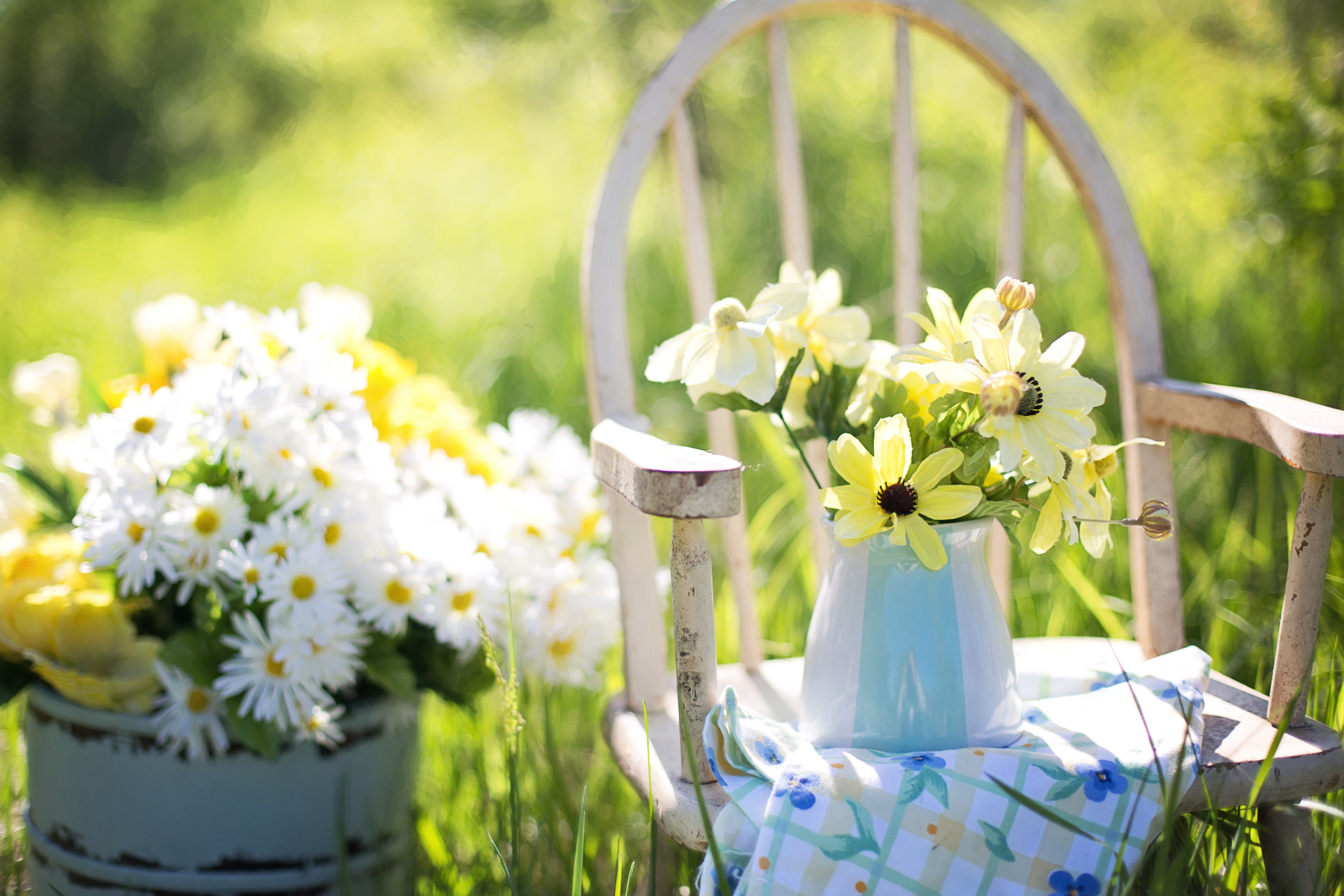
1. Herb Garden: Cultivate an assortment of aromatic herbs like lavender, rosemary, and mint. These plants release delightful scents when touched, promoting relaxation and mindfulness. Running your fingers through the leaves releases their aromatic oils, infusing the air with a refreshing bouquet.
2. Flowering Shrubs and Trees: Integrate fragrant flowering shrubs and trees like jasmine, magnolia, or lilac. Their blossoms release exquisite perfumes, enveloping the garden in a calming aroma. The fragrance becomes a tangible reminder of the garden's ability to engage the senses holistically.
3. Scented Pathways: Line pathways with scented ground covers like thyme or chamomile. The act of walking on these plants releases their fragrance, creating a sensory journey. As visitors stroll along these pathways, their steps release fragrances that invite them to be fully present in the moment.
Textures to Touch: Tactile Elements for Grounding
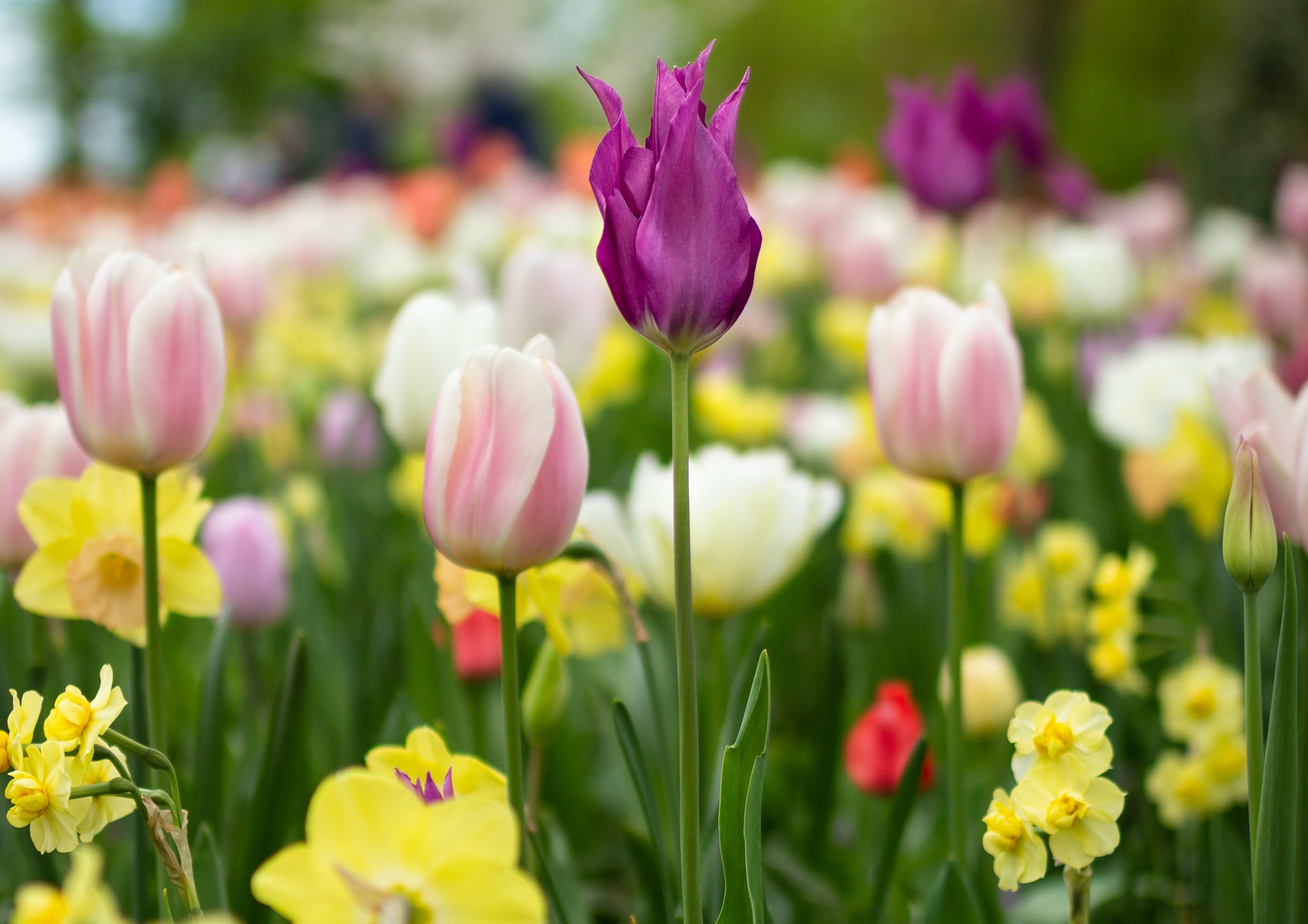
1. Variety of Textures: Incorporate a diverse range of textures, from soft grass underfoot to rough bark on trees. Install touchable elements like smooth stones, wooden benches, and plush cushions for sitting. The interaction with different textures provides a tactile connection with the garden's landscape.
2. Texture-Rich Plants: Introduce plants with interesting textures, such as fuzzy lamb's ear leaves or velvety magnolia buds. Encourage visitors to explore the tactile sensations these plants offer. Running hands over these textures invites a sense of exploration and engagement.
3. Sensory Path: Create a dedicated sensory path using materials like gravel, pebbles, and mulch. This path allows visitors to experience different textures as they walk barefoot or with shoes. The sensation of different textures beneath their feet grounds visitors in the present moment, fostering a mindful experience.
Taste of Nature: Edible Delights for Connection
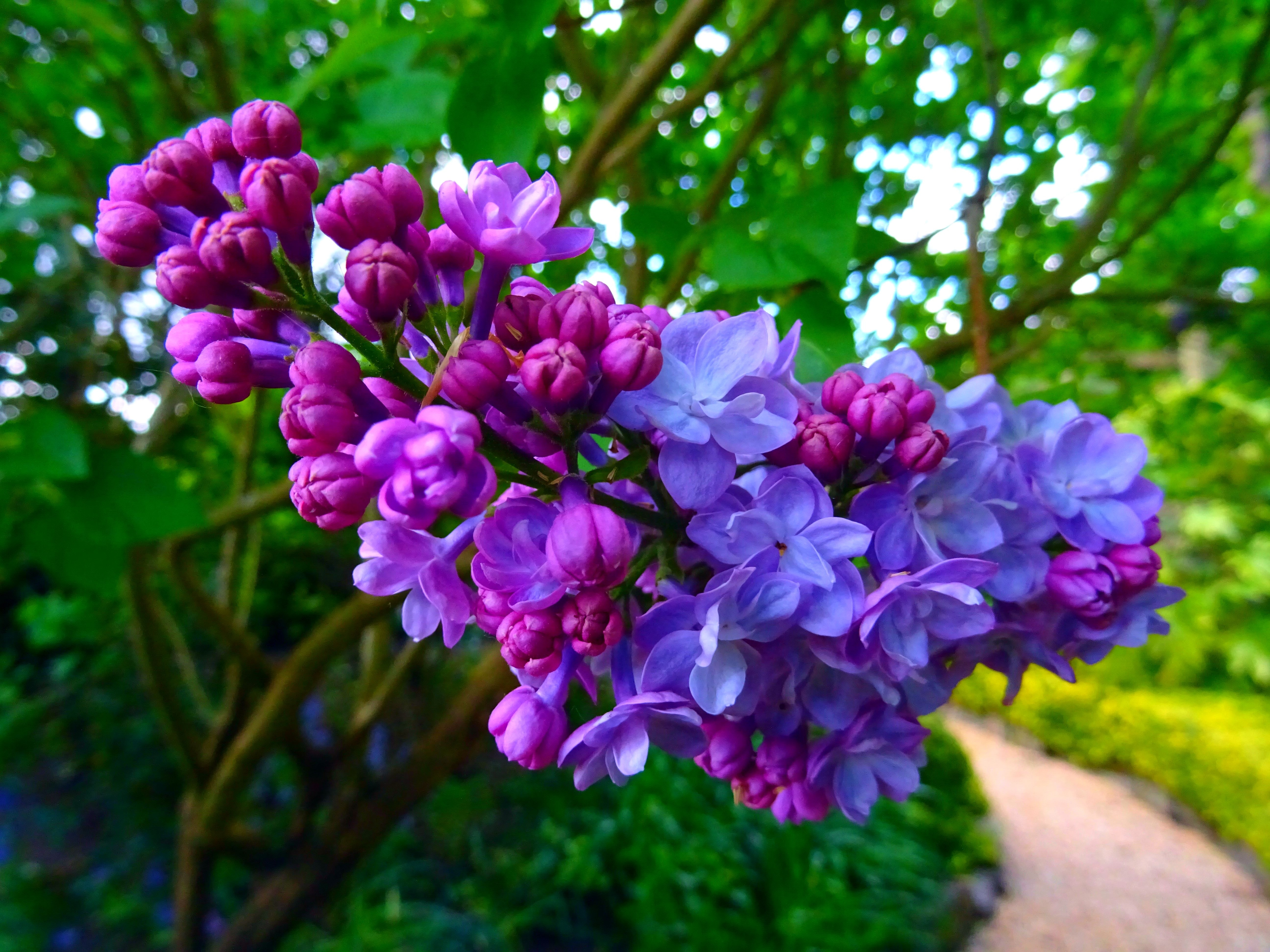
1. Edible Plants: Plant a section of the garden with edible herbs, berries, and flowers. Not only do they provide a sensory experience through taste, but they also encourage a deeper connection with nature. The act of plucking and tasting fresh produce enhances the garden's role as a source of nourishment.
2. Seating Area for Tea: Set up a cozy seating area with a table and chairs. This space can be used for enjoying freshly brewed herbal teas made from the garden's bounty. The act of sipping tea amidst the greenery encourages a sense of relaxation and rejuvenation.
3. Educational Labels: Attach labels to the edible plants, providing information about their benefits and uses. This adds an educational element to the garden's sensory experience. Learning about the plants heightens the appreciation for their flavors and scents.
In a world dominated by screens and constant stimulation, the concept of a sensory garden offers a much-needed retreat for our mental well-being. By thoughtfully engaging the senses, these gardens provide a space where stress dissipates, and the mind finds solace in the beauty and tranquility of nature. Whether it's the sight of blooming flowers, the sound of wind chimes, the touch of textured plants, the aroma of fragrant herbs, or the taste of freshly picked berries, a sensory garden envelops us in a multisensory embrace that rejuvenates the spirit and fosters better mental health. So, roll up your sleeves, put on your gardening gloves, and embark on the journey of creating your own sensory haven—a testament to the fact that sometimes, the path to inner peace is paved with petals and leaves. Through the symphony of senses, a sensory garden becomes a haven for healing, a sanctuary for serenity, and a canvas for cultivating a brighter mental landscape.




Submit your email and confirm subscription to receive the download link, along with more e-books and helpful tips.
Don't worry, you can unsubscribe at any time
We Value Your Privacy And Your Information Is Never Shared
This site is not a part of the Facebook website or Facebook Inc. Additionally, this site is NOT endorsed by Facebook in any way. FACEBOOK is a trademark of FACEBOOK, Inc.
